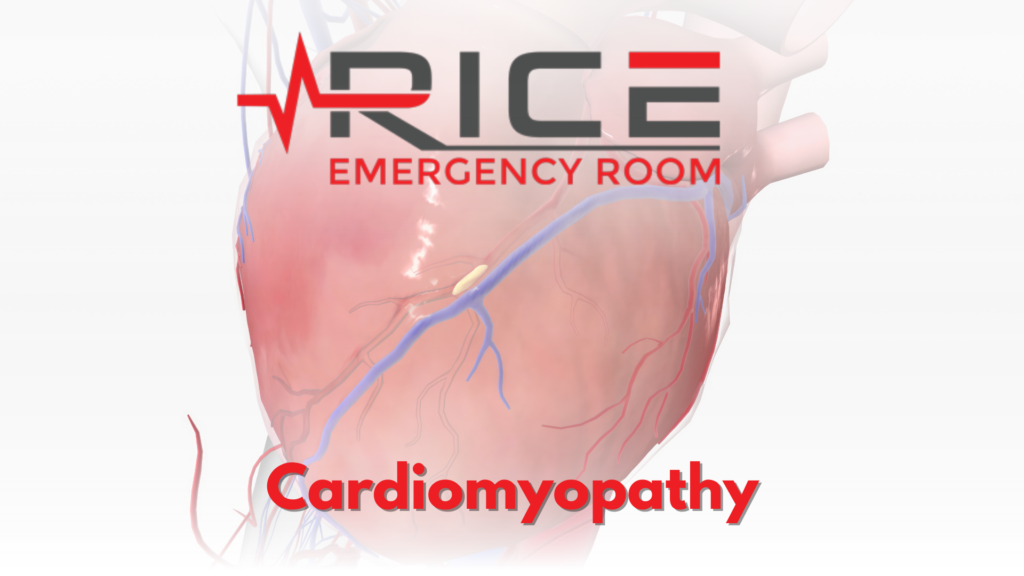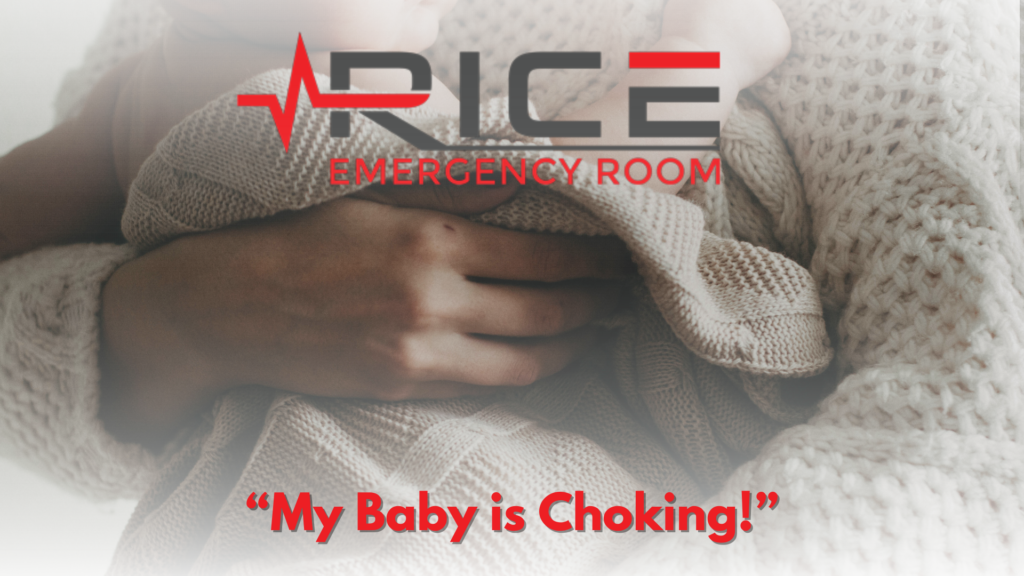Bee stings can vary from causing mild discomfort to inducing severe, life-threatening conditions such as anaphylaxis. It is important to understand the causes, symptoms, and treatments of bee sting allergies to ensure the safety and well-being of your child. As a parent, witnessing your child experience a being stung for the first time can be a frightening ordeal, especially if they exhibit signs of an allergic reaction.
Causes of Bee Sting Allergies
A bee sting allergy occurs when the immune system overreacts to the venom injected during a sting. For most people, being stung by a bee results in minor pain and swelling. However, for those with an allergy, the body treats the venom as a threat, triggering an exaggerated immune response. This can lead to a spectrum of reactions, from mild to severe.
According to the Mayo Clinic, the severity of the reaction can vary based on individual sensitivity and the number of stings received. Repeated exposure to being stung increases the risk of developing an allergy, as the immune system becomes sensitized to the venom (Mayo Clinic).
Symptoms of Bee Sting Allergies
Symptoms of a bee sting allergy can manifest in various forms. Mild reactions typically include localized pain, swelling, redness, and itching at the sting site. These symptoms usually resolve within a few hours to a few days.
Moderate reactions may involve more extensive swelling and redness that can last for several days. In contrast, severe allergic reactions, known as anaphylaxis, can be life-threatening and require immediate medical attention. Anaphylaxis symptoms include difficulty breathing, swelling of the throat and tongue, rapid pulse, dizziness, and a sharp drop in blood pressure (WebMD, “Bee Sting Allergies”).
As a parent, it’s essential to recognize these signs quickly. If your child experiences any of these symptoms after a bee sting, it is crucial to seek emergency medical help immediately. Anaphylaxis can progress rapidly and can be fatal without prompt treatment.
Treatment for Bee Sting Allergies
The treatment for a bee sting allergy depends on the severity of the reaction. For mild reactions, home care includes washing the sting site with soap and water, applying a cold pack to reduce swelling, and taking over-the-counter pain relievers and antihistamines to alleviate discomfort and itching (WebMD, “Understanding Bee Sting Allergies”).
For moderate reactions, additional steps such as taking oral corticosteroids may be necessary to reduce swelling and inflammation. Monitoring the symptoms and seeking medical advice is essential to prevent complications.
In cases of anaphylaxis, immediate administration of epinephrine is critical. Epinephrine, commonly delivered through an auto-injector (EpiPen), can rapidly reverse severe allergic reactions. If your child has a known bee sting allergy, ensure they carry an epinephrine auto-injector at all times and know how to use it. After administering epinephrine, seek emergency medical help to ensure proper follow-up care (Mayo Clinic).
Preventing Bee Stings and Allergic Reactions
Preventing bee stings is the best way to protect your child from allergic reactions. Here are some practical tips:
- Avoid Wearing Bright Colors and Floral Patterns: Bees are attracted to bright colors and floral designs, which can increase the risk of stings.
- Use Caution Around Outdoor Food: Bees are drawn to food, especially sugary drinks and snacks. Keep food covered and avoid leaving sweet beverages open.
- Teach Children to Stay Calm: If a bee approaches, instruct your child to remain still or move away slowly. Swatting at bees can provoke them to sting.
- Wear Protective Clothing: When in areas where bees are common, dress your child in long sleeves, pants, and closed-toe shoes.
- Be Aware of Bee Habitats: Educate your child to avoid disturbing bee nests and hives.
Know How to Respond
As a parent, understanding bee sting allergies and knowing how to respond can save your child’s life. Recognizing the symptoms of an allergic reaction, administering appropriate treatment, and taking preventive measures can significantly reduce the risk of severe outcomes. If your child is stung by a bee, remain calm, assess the situation, and seek medical help if necessary. By staying informed and prepared, you can ensure your child’s safety and well-being in the face of bee sting allergies.
Works Cited
Mayo Clinic. “Bee Stings.” *Mayo Clinic*, 21 Mar. 2023, www.mayoclinic.org/diseases-conditions/bee-stings/symptoms-causes/syc-20353869.
WebMD. “Bee Sting Allergies.” *WebMD*, 5 Nov. 2022, www.webmd.com/allergies/insect-stings. WebMD. “Understanding Bee Sting Allergies: Basics.” *WebMD*, 10 Apr. 2023, www.webmd.com/allergies/understanding-bee-sting-allergies-basics.




